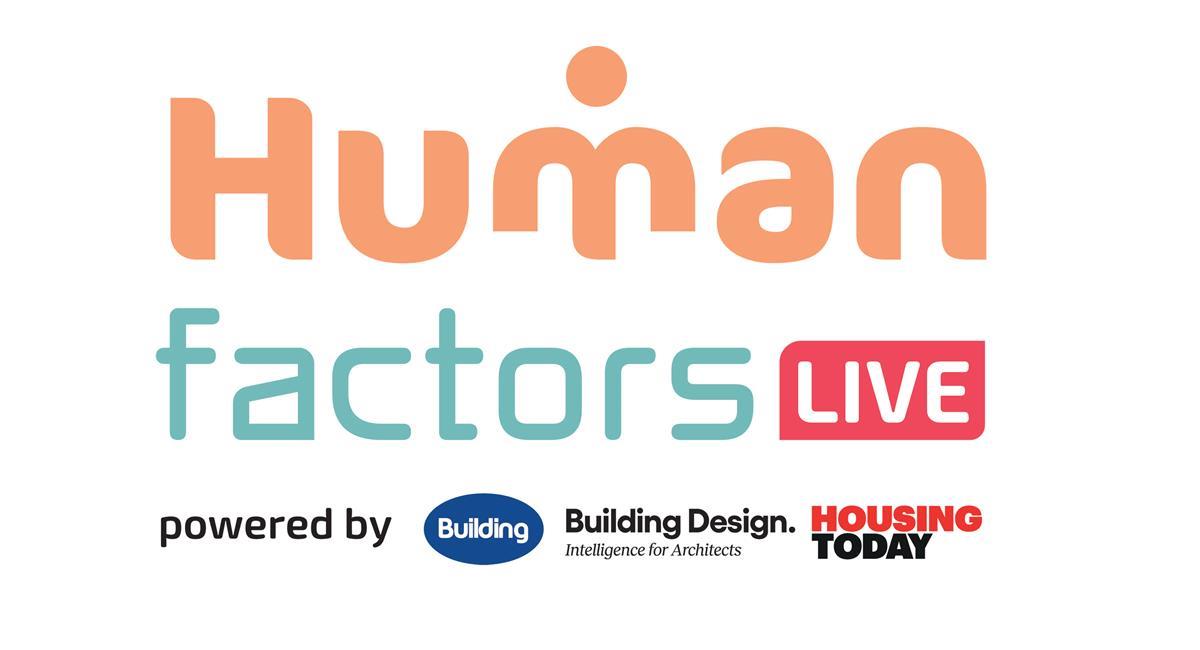Andrew Norrie makes the case for open data standards, and argues Industry Foundation Classes has a vital role to play in data sharing, workflow streamlining and the shift to automated, model-driven 4D planning

Anyone working in construction knows how quickly projects can run into problems when data is fragmented across different tools and teams. Architects, engineers, contractors, and clients often rely on their own systems, which can lead to silos, inefficiencies, and mistakes. This is why open standards are so important – and in construction, none is more established than Industry Foundation Classes (IFC).
Far from being new, IFC has been an ISO standard for years, and is already central to how the industry shares building data. It provides a common language that ensures smooth collaboration throughout a project lifecycle. What’s changing now is how we apply IFC: not just for design and handover, but as a foundation for 4D planning, where model data drives the schedule in real time.
The power of shareable structured data
One of the key advantages of IFC is its ability to enable shareable, structured data. In traditional workflows, different stakeholders often work with their own software tools that store data in proprietary formats, leading to inefficiencies when trying to exchange information. IFC resolves this by providing a common data schema that facilitates smooth communication between these tools. By acting as a universal translator for Building Information Modeling (BIM) data, IFC ensures that all stakeholders can work with the same project information, regardless of their software choice.
Moreover, IFC supports not just geometry but a wealth of contextual data, including materials, fire ratings, costs, and maintenance schedules. This ensures that data is not locked in static formats like PDFs, but instead exists as living data that can be used and reused by different teams throughout the project lifecycle. The result is fewer errors, less rework, and a more efficient, integrated supply chain.
This is where IFC changes the game. It doesn’t just represent objects, rather, it defines them. Every component carries rich, structured data: from physical properties to lifecycle context, embedded directly into the model. It is information both humans and machines can understand and act on. This semantic depth is what makes IFC a true enabler of smarter, more connected project delivery.
IFC: a schema, not just a file format
While many mistakenly view IFC as just another file format, it is more accurately described as a data schema. The IFC schema defines how building data is organised and shared, specifying relationships, properties, and object definitions. This schema is independent of the file format used to share the data, whether it’s a STEP file, XML or JSON. The flexibility of IFC’s format-agnostic nature means that software applications can interpret IFC data regardless of how it is stored, ensuring seamless interoperability between tools.
In simple terms, IFC is like a recipe, where the format (text, XML etc) represents how the recipe is written, but the content (the ingredients and steps) stays the same. This flexibility is what allows different software tools to exchange data reliably, ensuring consistency across project teams and reducing the need for manual rework or translation.
Beyond geometry: rich data for every discipline
Unlike traditional models that primarily represent 3D geometry, IFC captures a wealth of data that serves the diverse needs of different project stakeholders. For example, while an architect may focus on spatial layouts, an engineer will need to understand structural loads, and a contractor may want to plan sequences of work. IFC is designed to store this multidisciplinary data in a consistent and structured way, ensuring that everyone has access to the relevant information.
IFC’s richness extends to include data on cost breakdowns, work schedules, and even asset management information. This ensures that the entire project team, from design to operation, can use the same set of data to make decisions. For example, an electrical engineer can access not just the location of light fixtures but their technical specifications, and a project manager can view the associated schedule for installation.
The key benefit of IFC is its ability to capture all of this information in a governed, standardised format that is accessible and traceable throughout the lifecycle of the project. This enables better collaboration and fewer issues arising from miscommunication or lost data.
Open and future-proof: IFC vs proprietary formats
Unlike proprietary formats, which can create vendor lock-in, IFC is an open standard. Developed and maintained by buildingSMART International, IFC has been adopted as an official ISO standard (ISO 16739), making it an accessible and futureproof data format for construction. The openness of IFC means that any software vendor can build compatibility with it, allowing projects to evolve without being tied to a single vendor’s software.
This openness has several strategic benefits. First, it ensures the longevity of project data. IFC models can be accessed and used for decades, even if the original software tools are no longer available. Additionally, because it is open, teams are free to choose the best tool for each project stage, whether for design, analysis, or construction management. This flexibility reduces dependence on specific vendors and encourages innovation. Moreover, open standards like IFC are transparent and evolve to meet new needs. As building types, materials, and construction methods change, IFC is updated to reflect these innovations, ensuring continued relevance and compatibility across the industry.
Model-based planning and 4D scheduling with IFC
One of the most exciting developments in construction is the integration of IFC with model-based 4D planning, where the 3D model is linked to the construction schedule. Traditionally, creating a 4D simulation was a manual, error-prone process that often occurred too late in the project timeline. With IFC, however, automation becomes possible, allowing the model to directly inform the project schedule.
For instance, tools like Elecosoft’s Asta Powerproject use IFC data to automatically generate tasks and link them in the correct sequence based on model properties. As the project progresses and the model changes, the schedule can be automatically updated, ensuring that both the model and the schedule remain in sync. This integration between model data and project scheduling reduces the time spent on manual updates and minimizes errors. The automation offered by IFC-enabled 4D planning also improves decision-making and project control. Project teams can catch potential issues early, optimise workflows, and engage with the model-driven schedule in real-time. This approach turns 4D planning from a passive exercise into an active, integral part of project management.
For long-term success, automation in 4D planning is essential. Relying on manual updates to simulations whenever changes occur in the schedule or model is no longer sustainable. Automation ensures that the model and schedule remain aligned throughout the project, saving time, improving accuracy, and reducing the risk of errors. This shift to automated, model-based planning is critical for maintaining efficiency as projects grow in complexity.
Embracing IFC for smarter, future-ready collaboration
IFC is changing the way construction teams work, making collaboration smoother, cutting down on rework, and keeping project data useful well into the future. By using IFC, teams can break down data silos, share information in a standard format, and avoid being tied to one piece of software. And with AI and advanced analytics becoming more important every day, adopting IFC now sets you up for the next wave of innovation.
To get the most from IFC, start asking for it in deliverables from consultants and subcontractors so everyone’s tools can talk to each other. Designers and BIM managers should build IFC into their everyday workflows and invest in the right training. The payoff? Better planning, stronger decisions, and projects that are built to last.
In a world where digital transformation is moving fast, open standards like IFC help construction stay adaptable, efficient, and ready for whatever comes next.
Postscript
By Andrew Norrie, Director, Elecosoft
















No comments yet